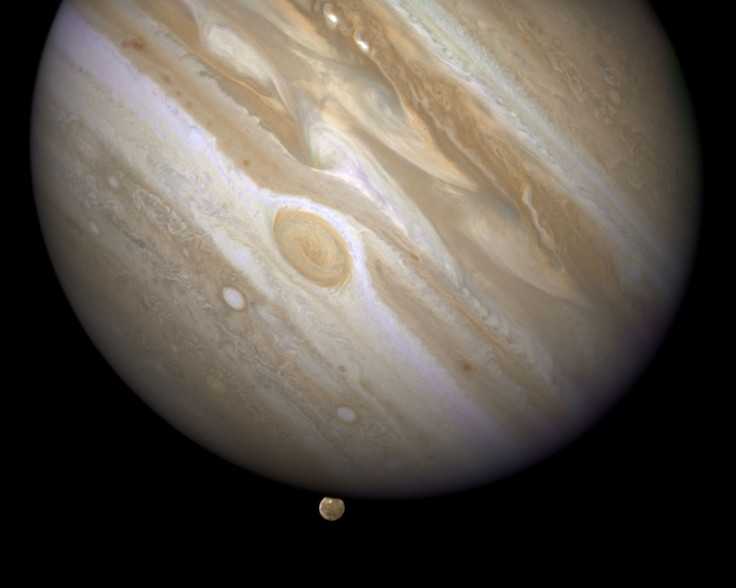A Wandering Jupiter Shaped The Solar System, And Now We Know When it Happened

When compared to the outermost planets in our solar system, the four planets closest to the sun — Mercury, Venus, Earth and Mars — are quite small. Astronomers believe this is because a massive planet, most likely a young Jupiter, may once have wandered through the inner reaches of our star system, sweeping up much of the material needed for the four rocky planets to become supersized.
Now, a team of researchers has, using computer models to simulate the formation of a rare class of meteorites called CB chondrites, provided clues to the timing of Jupiter's formation and migration. The models suggest that Jupiter formed roughly the same time the CB chondrites formed — about 5 million years after the first solid materials formed in the solar system.
Chondrites — the most common type of meteorites found on Earth — are made up of chondrules, which are small, spheroidal particles. CB chondrites, which contain a higher proportion of metallic grains that other chondrites, are a relatively rare subtype that scientists estimate formed in a very narrow window of time in the early solar system.
"The chondrules in other meteorites give us a range of different ages," lead researcher Brandon Johnson, a planetary scientist at Brown University, said in a statement. "But those in the CB chondrites all date back to this brief period 5 million years after the first solar system solids."

In order to explain the presence of vaporized iron — formed only during high-velocity impacts — in the CB chondrites they studied, the researchers created a computer model that incorporated a scenario of Jupiter's formation called the "Grand Tack," which suggests that the gas giant formed somewhere in the outer solar system before accreting enough mass to migrate toward where the asteroid belt is today.
Doing so created collisions at high enough velocity to vaporize iron, providing ample material for the CB chondrites. This means that Jupiter was most likely present in the inner solar system when these meteorites formed, only moving outward to its present location when the formation of Saturn created a massive gravitational tug.
"We show that Jupiter would have stirred up the asteroid belt enough to produce the high-impact velocities necessary to form these CB chondrites," Johnson said. "These meteorites represent the first time the solar system felt the awesome power of Jupiter."
© Copyright IBTimes 2024. All rights reserved.





















